LONDON, UK, 6th September — Latest figures from the Women’s Sport Trust reveal that TV audiences for women’s sport have doubled so far this year: the average time per person viewing across all programming has increased by 188%.
The research, conducted by Futures Sport and Entertainment for Women’s Sport Trust, showed 36.1 million people watched women’s sport on TV between January-July 2022, up from 17.5 million in the equivalent period in 2021. Audiences watched for an average of 403 minutes in comparison to 140 minutes at this stage of 2021.
However, despite the success of the England-Germany Women’s Euros final in reaching a peak of 17.4 million viewers and 5.9 million online streams, with online streams for the event increasing on the BBC from 13.1 million for the FIFA Women’s World Cup in 2019 to 18 million for the Women’s Euros in 2022, TV audiences haven’t hit the heights of 2019.
40.4 million watched at least three minutes of women’s sport on TV between January-July 2019, with the average viewing time per person across all programming being 329 minutes, in comparison to 403 minutes in January-July 2022.
Tammy Parlour, CEO and co-founder of the Women’s Sport Trust, said: ““The success of the Women’s Euros shows that if broadcasters are prepared to showcase women’s sport properly, both in terms of volume of coverage and prime time slots, audiences will respond in huge numbers and keep coming back for more.
“We also recognise that while changing consumption habits may have led to a decline in TV numbers compared to 2019, the fall shows that there is still much work to be done around growing women’s sport.”
Other highlights of the report include:
- 16% of coverage hours on BBC One, BBC Two, Channel 4, ITV and Sky Sports main event were dedicated to women’s sport between January-July 2022, in comparison to 9% in 2021, with 21% of viewing hours being for women’s sport in 2022 in contrast to 10% the previous year
- 35% of BBC One’s viewing hours were for women’s sport, despite being only 26% of the coverage hours, while 31% of BBC Two’s viewing hours were for women’s sport when only 23% of coverage hours were dedicated to women’s sport
- 57% of TV viewers have watched women’s sport on three or more occasions between January-July 2022, which is a significant increase on the 26% who did so in 2021, although down on the 59% who did so in 2019
- 54% of Women’s Euros viewers had watched women’s sport in 2022 prior to the Women’s Euros, in comparison to 41% of viewers who had watched women’s sport in 2019 prior to the FIFA Women’s World Cup.
- 16% of those that watched the Women’s Euros hadn’t watched any sport in 2022 prior to the tournament starting
- Football has been responsible for 72% of audiences (based on viewing hours) for women’s sport between January-July 2022
- The percentage retention of viewers watching five or more Women’s Euros games on TV (40%) was comparable to leading entertainment shows such as Britain’s Got Talent (39%) or the Great British Bake Off (44%).
Parlour concluded: “Women’s sport needs to translate this increased interest and attention into generating enhanced commercial revenue streams, such as merchandise, ticketing and media rights, and unlock innovative ways to monetise the passionate women’s sports community, many of whom were new to sport during the Women’s Euros.
“In addition, different parts of the industry, be they a brand, broadcaster or league/federation, can play an important role in building connections between fans and female athletes and teams that will drive greater consumption in the future.”
The TV broadcast figures for this study were provided by Futures Sport and Entertainment, sourced by BARB.
*This release was updated on 1 November 2022
